Halloween’s popularity has boomed over the last several years, and the decorations and costumes keep getting more elaborate. This tradition is extremely entertaining, but the holiday poses some petrifying perils for your pet. The Addams family have kept Aristotle, their pet octopus, safe while they live a perpetual Halloween existence, so our team at Cary Street Veterinary Hospital thought the family could offer advice on keeping your pet safe and secure on the scary night.
Morticia says, “Darling, there’s nothing cozier than a dark, chilly basement on a spooky night. Keep your pet locked away on Halloween.”
Cary Street Veterinary Hospital (CSVH): While you may not want to keep your pet locked in the basement, you should keep them inside on Halloween night. Some people use Halloween as an excuse to vandalize property and participate in rebellious behavior. You don’t want your pet to become a target when these troublemakers come through your neighborhood. Your pet may also get upset and stressed if Halloween party goers or trick-or-treaters become raucous. Create a quiet, safe zone in an interior room for your pet, and keep the television or music playing, to mask outside noises. You can also feed your pet using a food puzzle toy, to help ensure they are distracted.
Gomez says, “To live without my pet, only that would be torture, and while I do love torture, I suggest you keep tabs on your pet.”
CSVH: You likely aren’t as keen on torture as Gomez, and you definitely don’t want to lose your pet on Halloween night. However, your pet may sneak away during the excitement if they become frightened, and if they don’t have accurate identification, they may not be returned to you. The best way to permanently identify your pet is microchipping them. Our team will be glad to perform this simple procedure at your pet’s next wellness visit. In addition to the microchip, your pet should wear a collar and identification tags with your current contact information.
Wednesday says, “I’m going as a homicidal maniac this year for Halloween. They look like everybody else. Maybe your pet should go as one, as well.”
CSVH: What Wednesday is trying to say is that your pet may not appreciate wearing a costume, and they may be confused or scared if you dress them in an uncomfortable or awkward costume. If they do seem to accept the situation, allow them time to get used to wearing the outfit. Dress them in the costume a week or two before Halloween, letting them wear the outfit for only 10 minutes or less. Over the next few days, gradually increase the time, so they will be accustomed to wearing the costume. Other considerations when choosing an outfit include:
- Appropriate size — Your pet’s costume should fit them well. If their costume is too large, they could become entangled in the material. If their costume is too small, they could have difficulty breathing, or the tight material could pinch their skin.
- Loose parts — Your pet could be tempted to chew on any loose pieces, causing a potential choking or intestinal obstruction hazard.
- Head pieces — If your pet’s costume has a head piece, or part that comes up around their face, ensure their sight and hearing are not inhibited.
- Mobility — Ensure your pet can easily move around when they are wearing the costume.
Pugsley says, “I don’t consider my Halloween venture to be a success, unless I receive some volatile chemicals. You should keep your pet away from the trick-or-treat basket.”
CSVH: While volatile chemicals likely won’t show up in your trick-or treat basket, several other human treats are dangerous for your pet. In addition to the Halloween candy, common party foods and decor can also be hazardous. Considerations include:
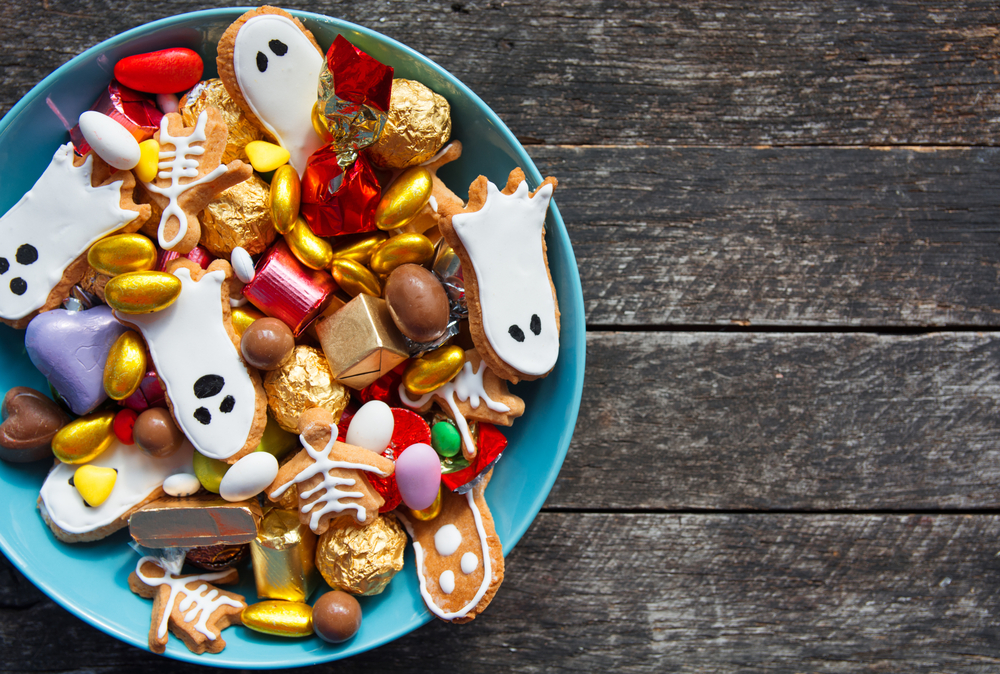
- Small candies — Small candies can be a choking hazard for your pet.
- Candy wrappers — Foil and plastic wrappers can cause gastrointestinal obstruction for your pet.
- Sugar-free candy — Xylitol, which is found in many sugar-free gum and candies, causes your pet’s insulin levels to rise, resulting in profound hypoglycemia. Signs include weakness, incoordination, and seizures.
- Chocolate — Chocolate, especially dark chocolate, is toxic to pets. The caffeine and theobromine in chocolate stimulate your pet’s nervous system, and increase their epinephrine levels, causing restlessness, vomiting, and diarrhea.
- Grapes and raisins — These healthy human treats cause kidney failure in pets.
- Macadamia nuts — All nuts are high in fat and can cause pancreatitis, but macadamia nuts also cause signs including vomiting, lethargy, and seizures.
- Onions and garlic — All parts of these vegetables, including granulated powders, weaken your pet’s red blood cells, resulting in hemolytic anemia. Initial signs include lethargy, vomiting, and diarrhea. As the condition progresses, signs include pale mucous membranes, and blood in the urine.
- Nutmeg — This spice, commonly used in pumpkin spice baked goods, can cause pets to exhibit signs including stomach pain, disorientation, and seizures.
If your pet ingests a toxic substance, immediately contact Cary Street Veterinary Hospital, or Animal Poison Control.
The Addams family knows how to have a good time on Halloween, and hopefully, their helpful tips will keep your four-legged friend safe for the spooky soiree. However, should your pet experience a Halloween hazard, contact our Fear Free team at Cary Street Veterinary Hospital, so we can exorcise their issue.


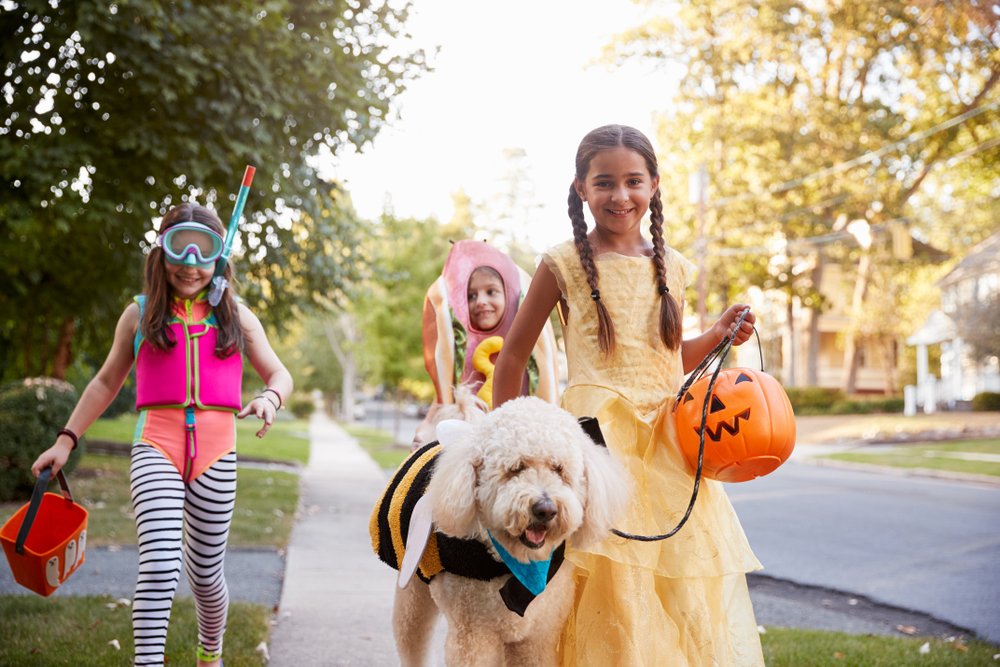
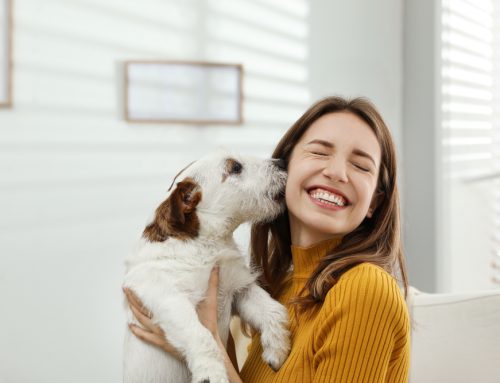
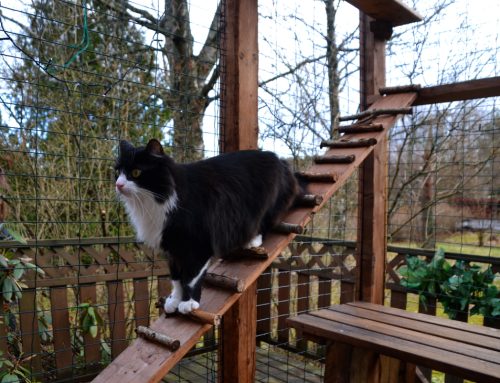
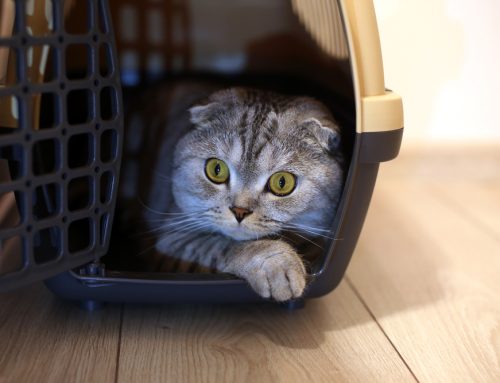
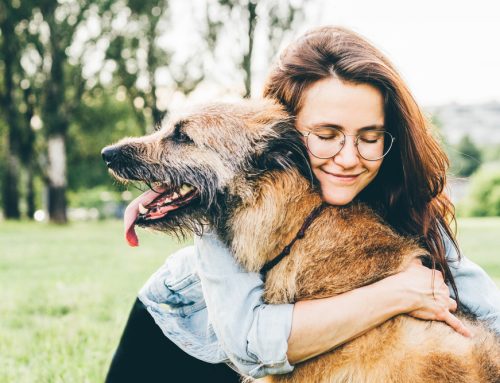

Leave A Comment